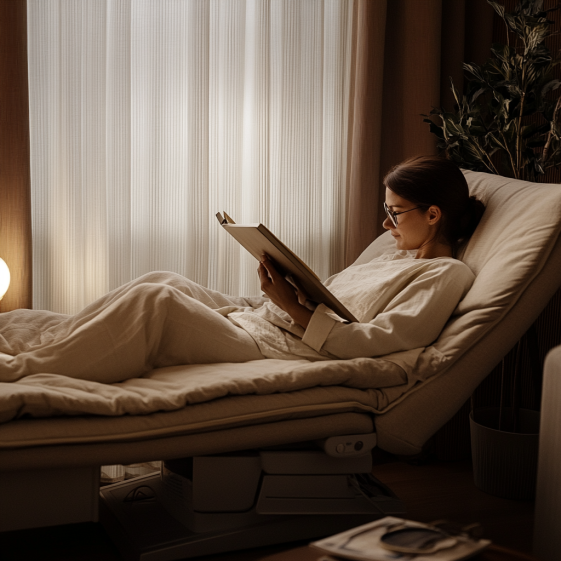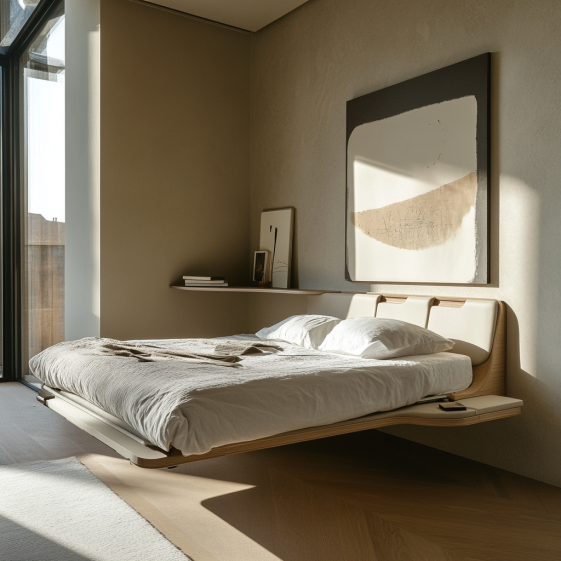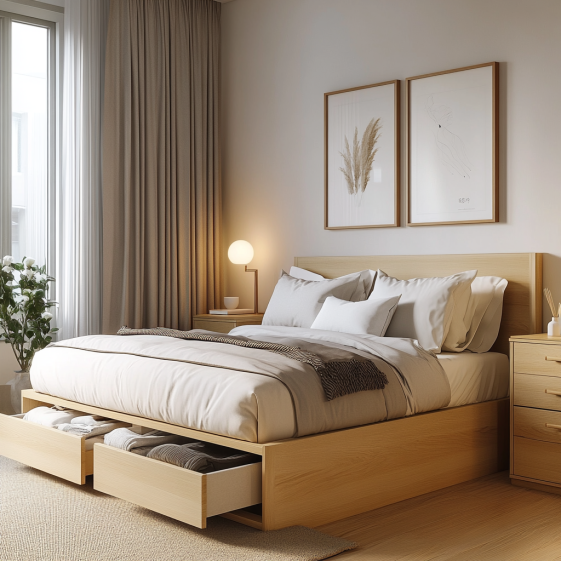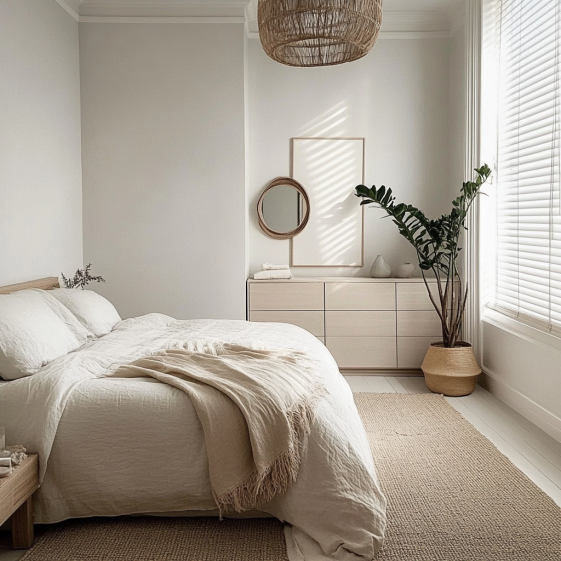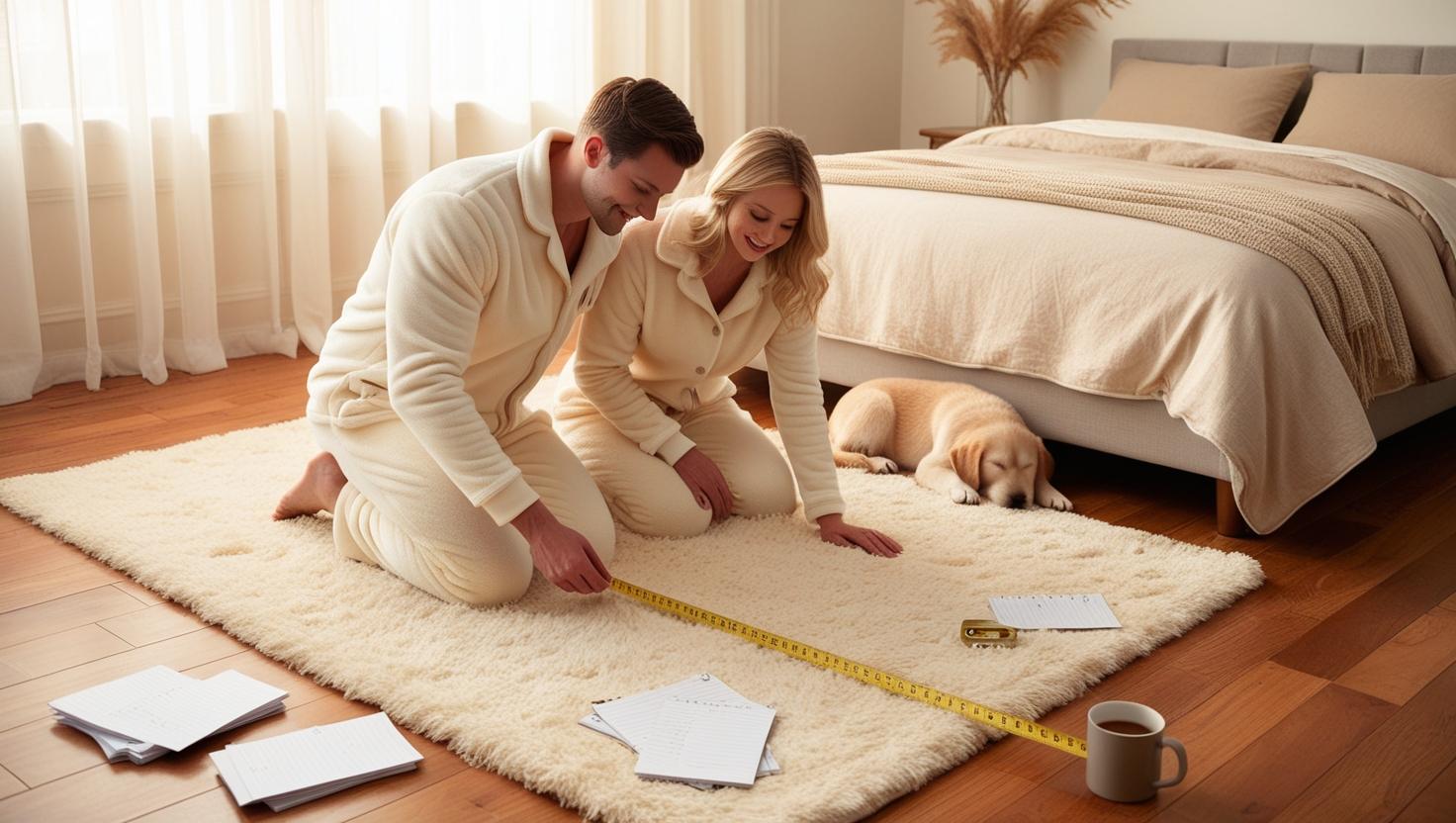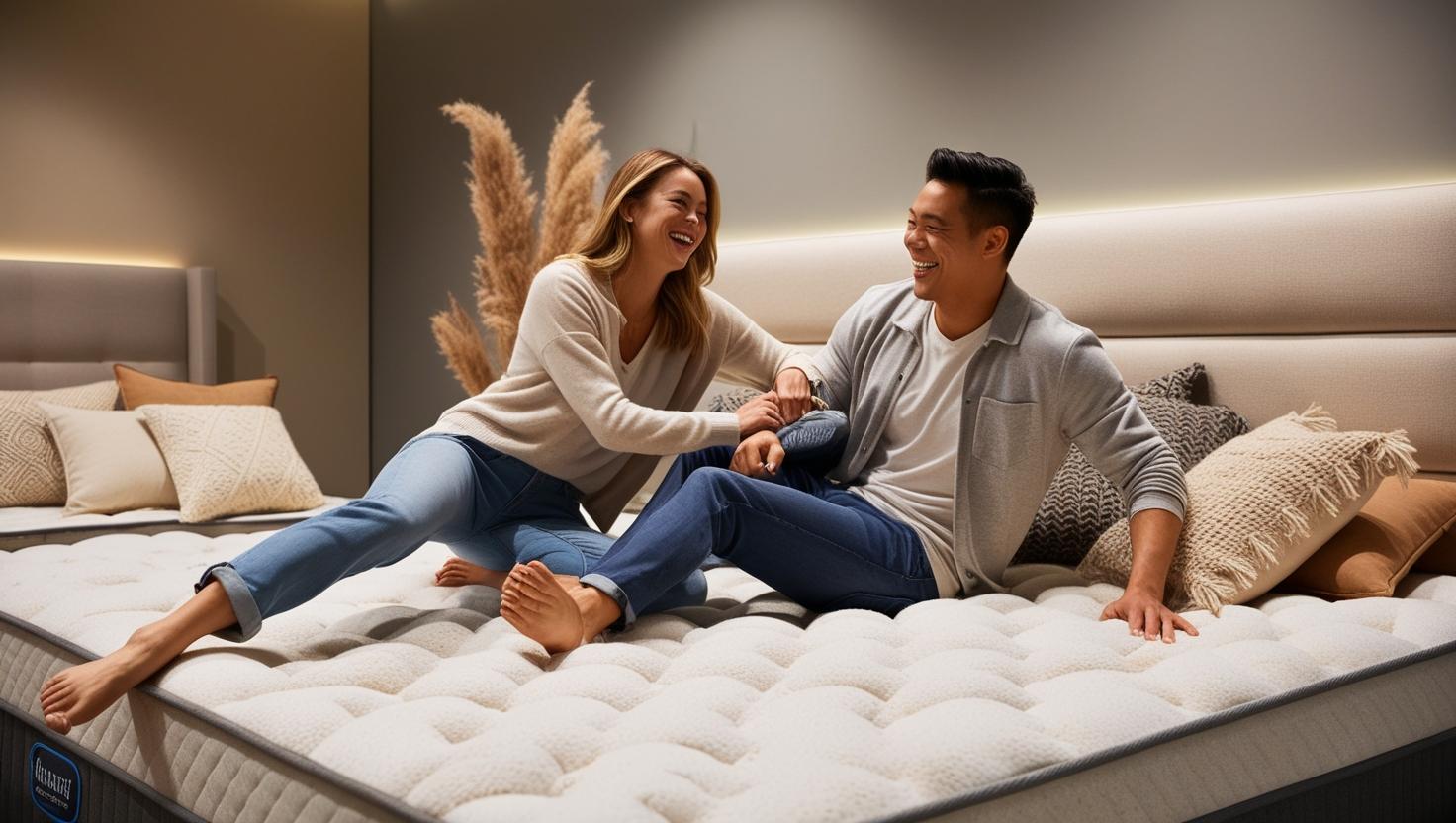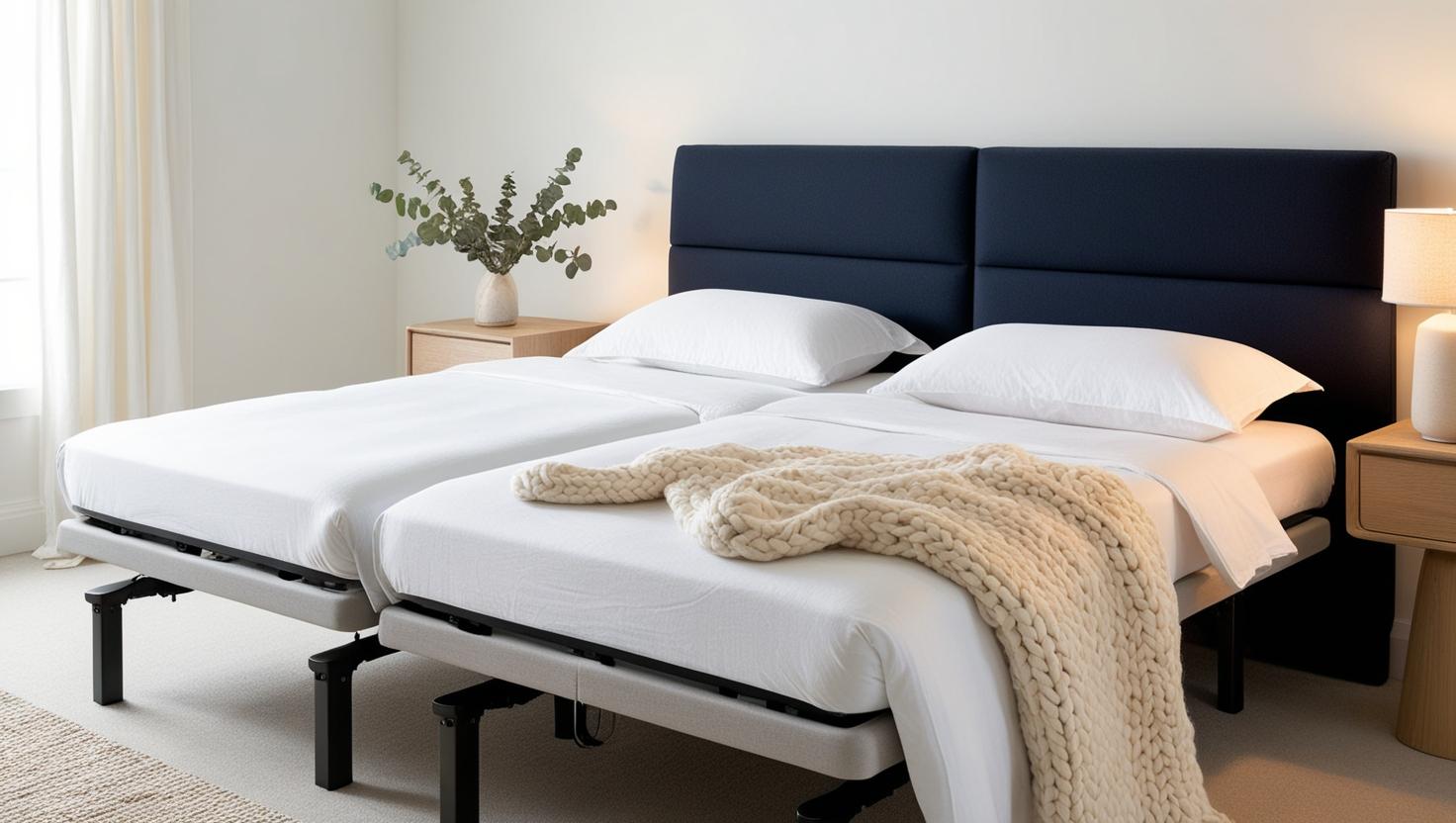Adjustable Bed Bases
Adjustable Bed Bases are transforming bedrooms by delivering a customizable, high-comfort sleep experience for people seeking better rest, relief from pain, and lifestyle flexibility. If you’re curious about adjustable bed bases, their benefits, and whether they’re truly worth the investment, this guide covers everything you need to know, including expert insights, pros and cons, and real-life use cases.
Key Takeaways
- Adjustable bed bases can significantly improve comfort, sleep quality, and alleviate back pain or snoring.
- These bases offer features like head and foot elevation, massage, and smart technology for a tailored rest experience.
- Cost, weight, and compatibility are key considerations, but health and lifestyle benefits may outweigh drawbacks for many users.
- Choosing the right adjustable bed base can enhance your sleep environment and overall well-being.
- Internal links help you explore related bedding, mattress, and sleep health topics for a well-rounded decision.
What Are Adjustable Bed Bases?
Adjustable Bed Bases, sometimes called adjustable frames or power bases, are innovative bed supports that allow you to raise or lower the head and foot sections of your mattress with just the push of a button or an app. The focus keyword, Adjustable Bed Bases, describes these smart foundations designed for all types of sleepers—side, back, or stomach—and can often be paired with most modern mattresses. Unlike a standard flat frame, adjustable bases offer dynamic positioning, making them a top choice for people with back pain, snoring, acid reflux, and those who simply want maximum comfort in bed.
Major Benefits of Adjustable Bed Bases
Choosing an Adjustable Bed Base can provide a surprising range of health and lifestyle benefits. From reducing snoring to easing chronic pain and offering a more luxurious bedtime routine, the potential advantages are impressive. Let’s break down the top benefits of adjustable bed bases using up-to-date sleep science and real user experiences.
1. Improved Sleep Quality
A leading reason people invest in adjustable bed bases is the opportunity to achieve truly restorative sleep. By elevating your head and/or feet, you can relieve pressure points and find the perfect position that works for your body. Many modern adjustable bed bases also feature memory presets and massage functions that help you wind down at night. According to the Sleep Foundation, sleeping with your upper body slightly elevated may dramatically improve conditions like acid reflux and sleep apnea, helping users wake up feeling more refreshed and pain-free.
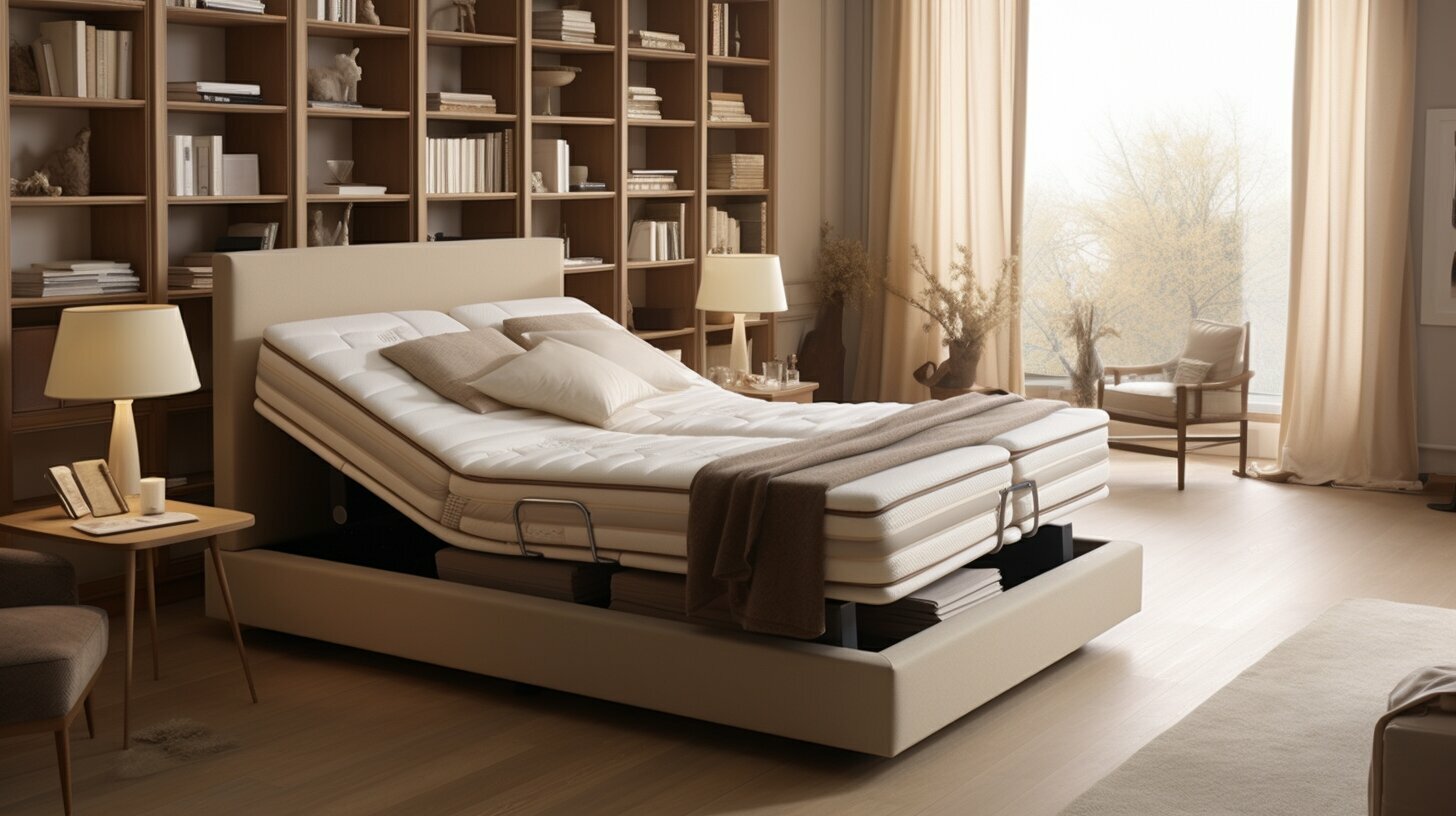
2. Relief from Back Pain and Joint Discomfort
For those suffering from chronic back pain or stiffness, adjustable bed bases can make a huge difference. Elevating your knees or head can take pressure off your lower back and promote spinal alignment. Many orthopedic specialists recommend adjustable bases for individuals with arthritis, sciatica, or recovery from surgery. Brands like Tempur-Pedic Ergo Smart Base, Saatva Lineal, and Leggett & Platt Prodigy 2.0 are especially popular for back pain relief. Always consult your healthcare provider for tailored advice, but thousands of users have reported fewer aches and easier mornings after switching to an adjustable setup.
Looking for more solutions? Explore our mattress compatibility guide for adjustable beds.
3. Reduction in Snoring and Sleep Apnea Symptoms
Snoring and obstructive sleep apnea can disrupt not only your sleep, but also your partner’s. Adjustable Bed Bases let you elevate your upper body, keeping airways open and reducing the risk of nighttime breathing problems. Many advanced bases now come with “anti-snore” presets, and some even have sensors that automatically adjust your position when snoring is detected. According to Harvard Medical School, a slight incline of the torso can prevent airway collapse and help mitigate sleep apnea symptoms, making this feature a potential game-changer for millions.
For more on how sleep position impacts health, check out our adjustable beds guide.
4. Enhanced Comfort for Reading, Working, or TV
Adjustable Bed Bases aren’t just for sleeping! Enjoy reading, watching TV, or working in bed without straining your back, neck, or shoulders. By fine-tuning your position, you can get better lumbar support, ease tension, and stay comfortable for hours. Some high-end models also feature under-bed lighting, USB charging ports, and Bluetooth speakers for a truly modern bedroom experience. Models like the Reverie 9T, Purple PowerBase, and GhostBed Adjustable Base stand out for their tech-forward design and all-in-one functionality.
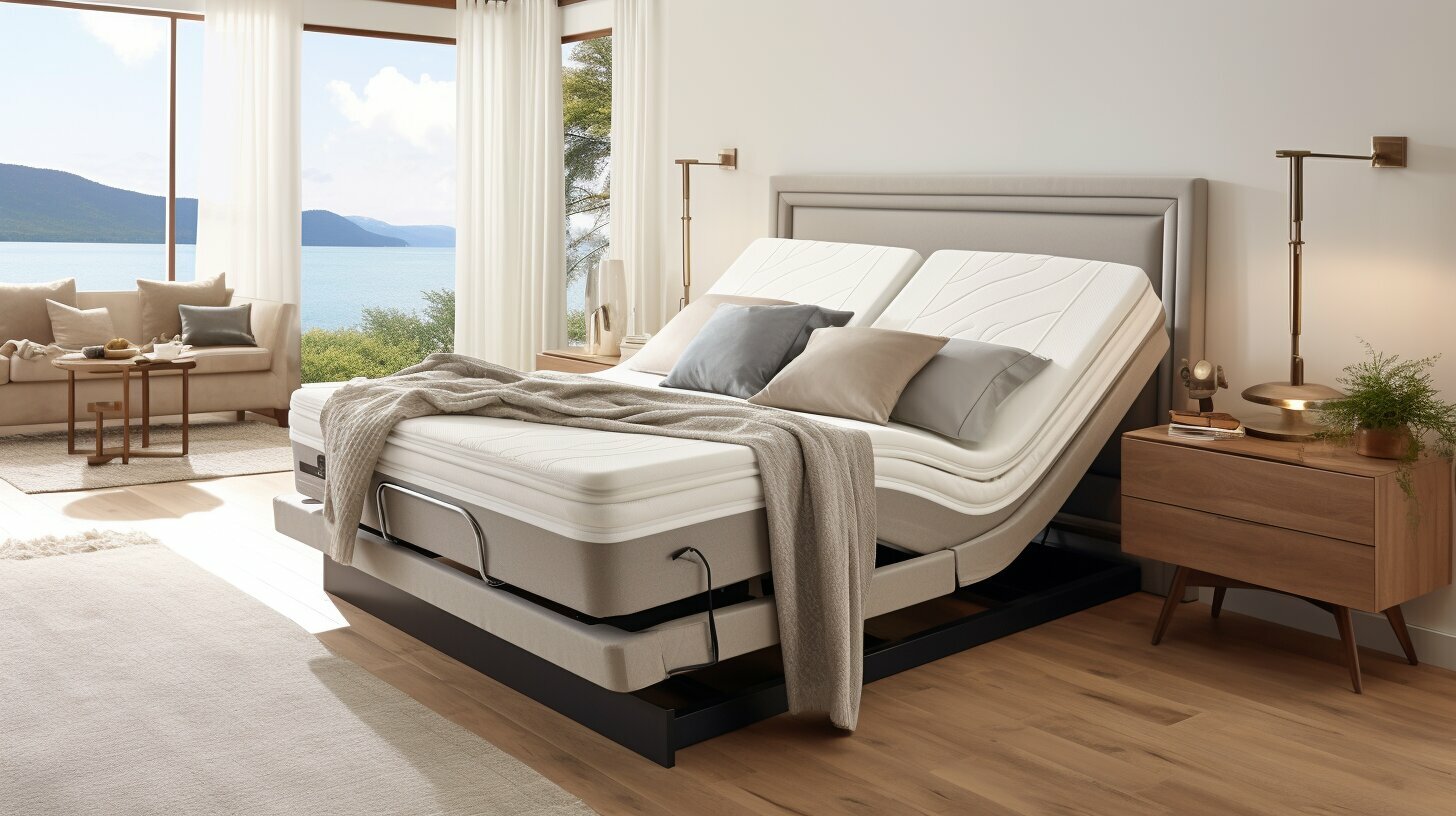
Curious how bed size influences comfort? Dive into our article on the future of adjustable beds.
Additional Features to Look For
- Wireless remote and smartphone app controls
- Programmable memory positions
- Zero-gravity mode for pressure relief
- Massage functionality with variable intensity
- USB ports and smart home compatibility
- Under-bed LED lighting for nighttime safety
Pros and Cons of Adjustable Bed Bases
| Pros | Cons |
|---|---|
| Customizable sleep positions for comfort and pain relief | High initial cost (typically $500–$3,500+) |
| Improved breathing for snoring and sleep apnea | Heavy and not easy to move |
| Supports back, joint, and circulation health | May not fit all bed frames or headboards |
| Enhanced lifestyle with tech and massage features | Can be noisy when adjusting; some require regular maintenance |
| Pairs well with smart home ecosystems | Warranty coverage may be limited |
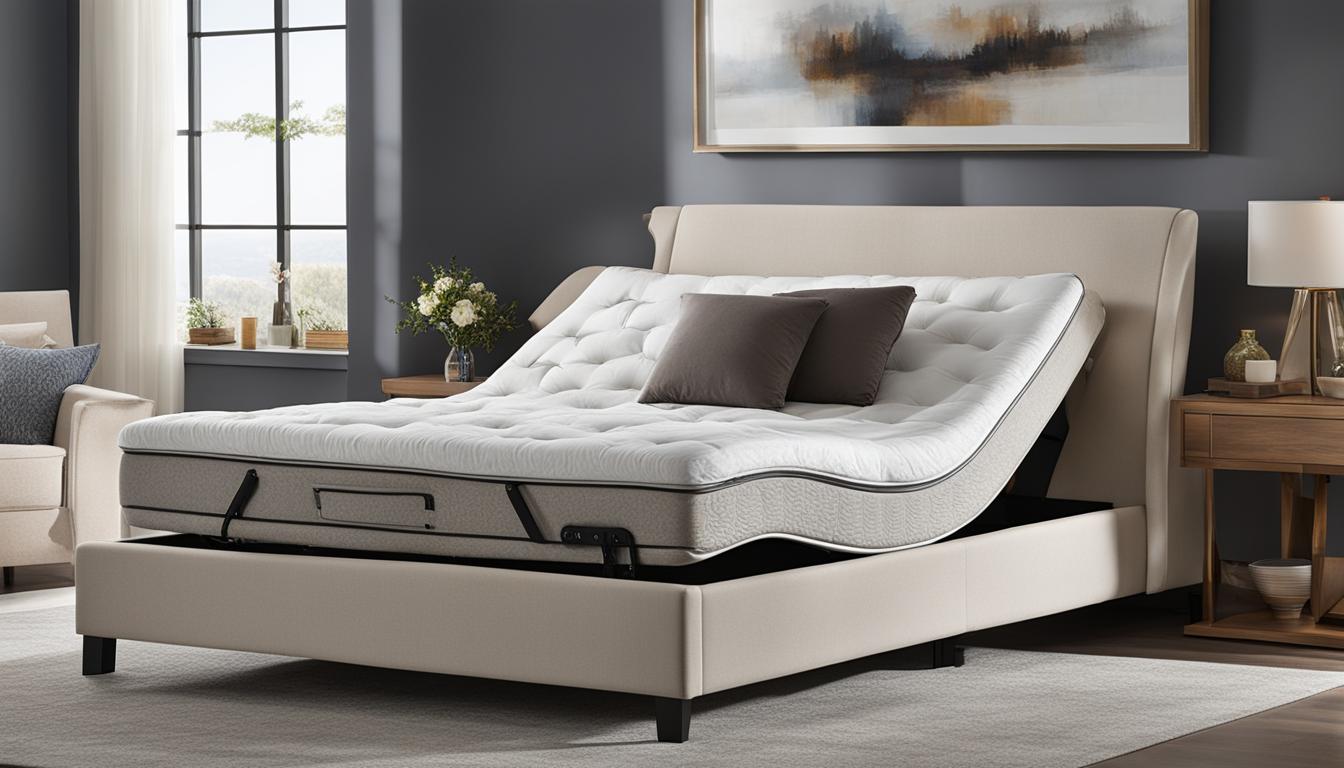
Looking for smart alternatives? Discover how adjustable bed technology is revolutionizing sleep.
Are Adjustable Bed Bases Worth the Cost?
The price of adjustable bed bases ranges from $500 for entry-level models up to $3,500+ for premium smart bases. While the upfront investment is higher than a standard frame, many users find the improved sleep quality, pain relief, and versatility to be more than worth the cost—especially for those with chronic health concerns. Consider your needs, budget, and how often you’ll use the features. If you primarily want simple support and don’t experience pain or sleep issues, a traditional frame may suffice. But for anyone seeking true sleep customization and long-term health benefits, adjustable bed bases offer compelling value.
For more tips on maintaining your sleep environment, see how to keep your mattress fresh and clean and space-saving bed frame solutions.
Adjustable Bed Bases represent a smart investment for anyone who values comfort, health, and convenience in the bedroom. By supporting better posture, breathing, and relaxation, these high-tech bases are helping people sleep—and live—better than ever. If you’re ready to elevate your rest, adjustable bed bases could be the upgrade your nightly routine needs.
FAQ
Are adjustable bed bases compatible with all mattresses?
Can adjustable bed bases help with acid reflux or snoring?
How long do adjustable bed bases last?
Are adjustable bed bases noisy?
Do I need special sheets or bedding for an adjustable bed base?
Learn more about eco-friendly bedding choices for adjustable bed bases and how to organize your sleep space for relaxation.
Related reading from Cozy Bed Quarters
- Are Adjustable Bed Bases Worth It?
- Adjustable Bed Frame Comfort: What to Expect
- The Ideal Adjustable Bed Guide

